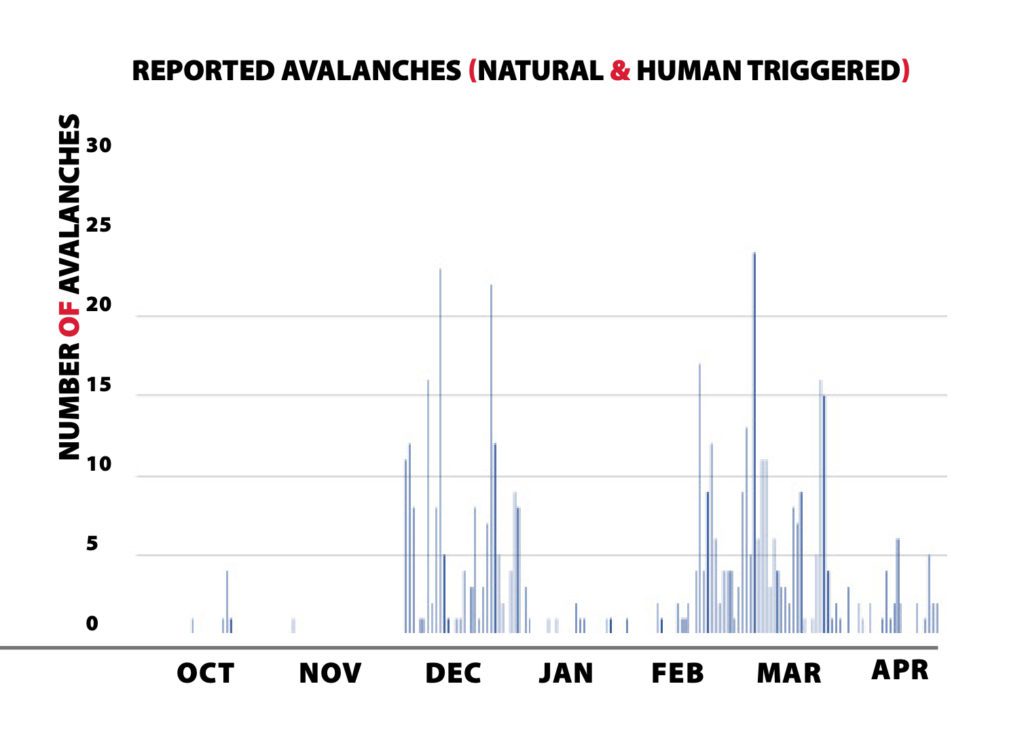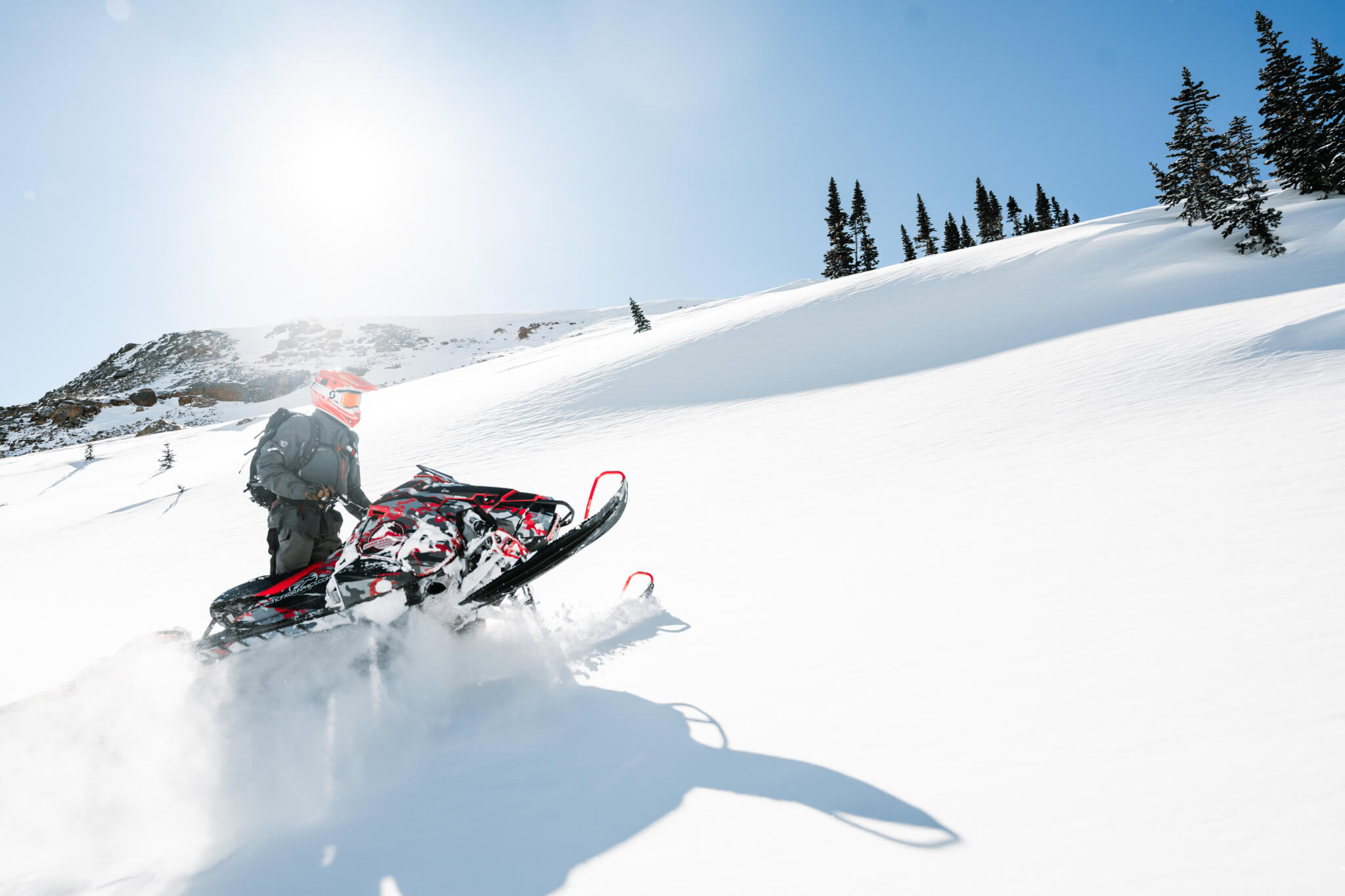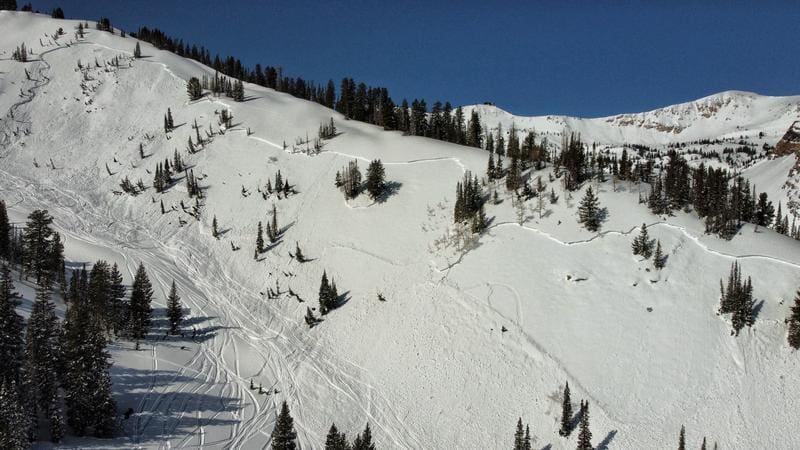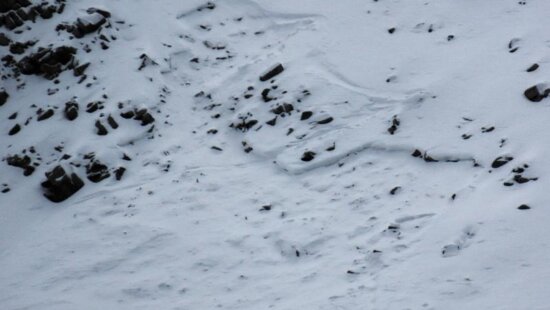Community
Zero fatalities reported in annual Utah Avalanche Center report
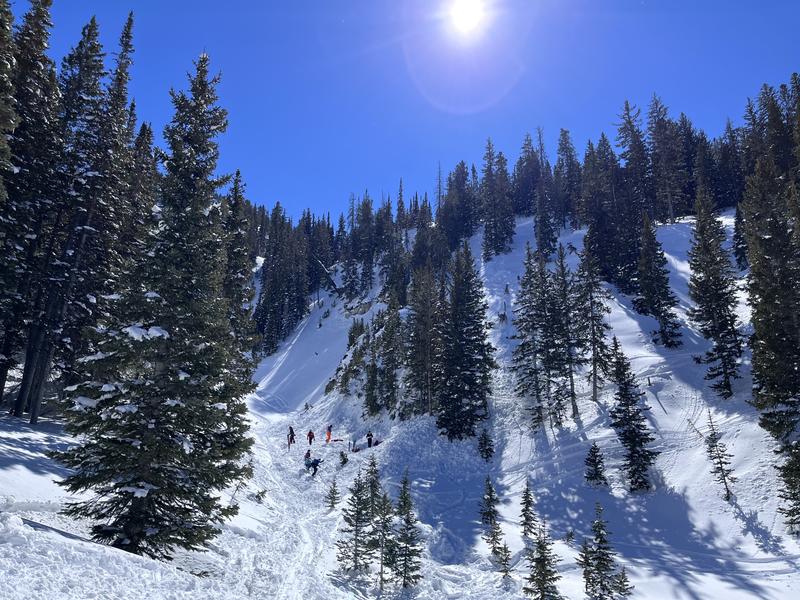
The aftermath of at 50 ft wide avalanche in the West Bowl of Silver Fork in March. Photo: Utah Avalanche Center
PARK CITY, Utah — The Utah Avalanche Center (UAC) released its annual report for 21/22 winter season on Tuesday.
Zero fatalities were reported. It’s the third time in five years with no fatalities.
“The short summary of the season is: above average snowfall in October, almost no snow in November, above-average snow in December, a prolonged dry period during most of January and February, and snowfall in March, April, and May,” the report states.
Major dry snow avalanche cycles occurred during the heavy December snowfall and with early March snowfall. A major wet snow avalanche cycle occurred in late March.
The October snow became weak and faceted on northerly facing slopes, while it melted away on southerly facing slopes. The October snow became the weak layer on which many avalanches happened in December and January, according to the report.
By mid-January, the avalanche danger throughout the state had dropped to low on all aspects and elevations. No snow fell across nearly all of Utah during a six-week period from about January 9 to February 16. “Mid-winter dry spells are not uncommon, but what was remarkable was such a prolonged period with zero snowfall,” the report said.
Avalanche danger in northern Utah spiked near the end of the first week of March. 47 avalanches were reported between Feb. 19 and March 19 in the Central Wasatch. It’s noted that many of the people who triggered these slides “seemed to be more experienced.”
UAC said there were several close calls, including one incident where a guide was buried six feet deep for 23 minutes and survived.
The last weekend of March was highlighted as the peak of wet avalanche activity.
